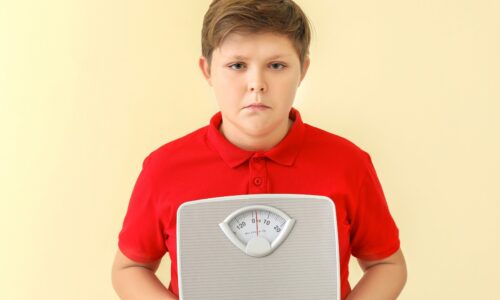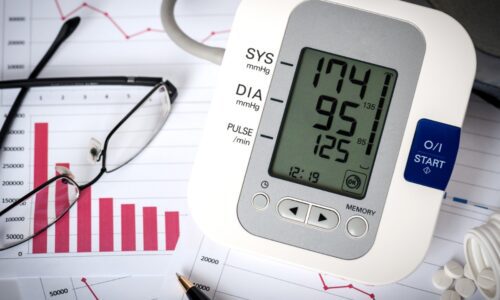Should I exercise when its hot? |

As hot summer temperatures approach, outdoor activities can become more challenging. When the body’s cooling system is fully engaged, some interesting things happen:
- Our sweat glands can produce up to 2-4 Liters of fluid per hour! As the sweat evaporates (turns from a liquid to a gas) energy is dissipated, resulting in cooling of the skin.
- Our veins dilate and migrate to the skin surface to get closer to the cooler skin. You may have noticed that your face flushes when you exercise, this is partly because of the dilation effect. Arteries and capillaries also supply the sweat glands with blood, and the liquid part of the blood is turned to sweat.
- Our heart rate may increase to meet the demand of our sweat glands, and further increases as we become dehydrated.
- We radiate heat from our body surface, as energy passes from our core to the ambient air around us.
When the environment is already humid, our sweat has a hard time evaporating, reducing its cooling efficiency. When the air is particularly dry, our sweat evaporates so quickly that we can become dehydrated if we don’t take in enough fluids.
Therefore, hot temperatures (along with humidity) can influence our fluid balance, heart rate, and energy dissipation rate at rest. Summer heat is even more impactful when we’re trying to exercise – engaging our heat-producing muscles and demanding more of our heart’s pumping capacity.
How do we experience exercise in the heat? First of all, you’ll notice that you fatigue more quickly, and can’t reach your usual pace/intensity. Some runners say, “In the heat, I don’t compete” as part of an acknowledgement that personal records are rarely made in hot temperatures.
If you continue to exercise vigorously, you put yourself at risk for heat cramps, heat exhaustion, severe dehydration and heat stroke. There is an excellent info graphic of heat stroke and dehydration warning signs here.
Some tips for exercising in the heat:
- Wear white or light-colored clothing
- Don’t run/bike on asphalt, but try trail running/walking/biking for some shade
- Start your exercise well-hydrated
- Plan to replace your sweat (maximum 2-4 Liters per hour) with water or sports drinks
- Plan to exercise in the cooler hours of the day (early morning especially)
- Listen to your body – exercise at the same “perceived exertion” level rather than the same pace as when the weather is cool
Interestingly, the human body can acclimate and adapt to exercise at higher average temperatures. It will produce more red blood cells to improve the oxygen-carrying capacity of the blood, and become more efficient at sweating, starting to sweat sooner, and creating less salty sweat also. So if you are going to be exercising regularly in hot weather, it may become more comfortable with time. Nevertheless, you will always need to drink a lot of fluid to accomplish your goals.
References
https://strengthrunning.com/2014/06/running-in-the-heat/
https://www.mayoclinic.org/diseases-conditions/dehydration/symptoms-causes/syc-20354086
https://www.mayoclinic.org/diseases-conditions/heat-exhaustion/symptoms-causes/syc-20373250
If you have any more questions just Ask Hanna, our health advisors are here to help.
Image: ©Shutterstock / Juergen Faelchle








